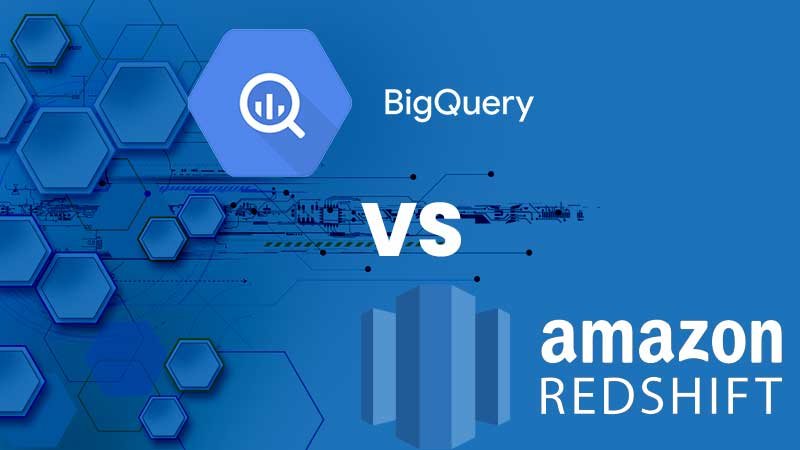Summary: In this Article, you’ll get to read about —
Analytics and decision-making can be improved with Big Data, IoT, and the Cloud. Our aim in this post is to explain some of the key benefits of the relationship between IoT, Cloud Computing, and Big Data holistically, including how they are all related, how they are interrelated, and how they are all connected with one another.
Cloud computing, IoT, and Big Data
Market leaders around the world take advantage of the interdependence between IoT, Big Data, and Cloud Computing, gaining a competitive advantage and benefiting from innovation. We are now spending more time with more devices connected to the Internet and to each other due to connectivity becoming increasingly essential in our everyday working and social lives. To make systems and communications within an organization clearer, digital transformation and the need to connect and share data are vital. A system’s performance is improved by gathering and analyzing data transmitted by devices linked to the Internet. Trends and patterns are then determined from the data collected.
What is the Internet of Things?
Connecting devices or objects through the Internet is referred to as the Internet of Things (IoT). A “thing” is essentially the hub for collecting data by sending and collecting data through the Internet, which allows devices to make decisions and remember patterns and routines so they can take action without user intervention.
A number of devices can be connected to the Internet at the same time through IoT, provided that it has a good connection speed. Optimum Altice, for example, is a good option if you are looking for a fast and reliable connection. In addition to these devices, there are many appliances that require a connection for various reasons, such as automation and real-time control of the device. IoT devices can make timely decisions based on real-time and historical data, and they can also control various aspects of their behavior and functions. Automation of your devices and systems is cost-effective with this technology.
So what is Big Data?
Contrary to IoT, Big Data refers to the process of analyzing large quantities of structured and unstructured data to determine business trends. The term Big Data refers to large amounts of data that are too complex or vast for normal methods to process. The four V’s are:
Volume
the total amount of information collected from different sources.
Velocity
How fast data is processed?
Variety
Various types of data formats are transferred between systems.
Veracity
Separating low-quality data from high-quality data using your Big Data tools and analysis.
So What is the cloud?
Data is delivered and transported across the Internet by the Cloud, which is a centralized system. Users can access different data and programs easily with the centralized cloud system. Cloud computing does not require onsite processing, storage, or analytics as opposed to on-premise infrastructure. Cloud Computing provides scalability for your technological capabilities as well as your analytical capabilities as your business grows.
How Do IoT, Big Data, and Cloud Computing Relate to Each Other?
Big Data, IoT, and cloud computing work together to provide businesses with an abundance of growth opportunities. In summary, IoT represents the source of data, Big Data represents analytics, and Cloud Computing represents the platform for storing scalability and rapid access to big data.
Are Big Data and Cloud Computing Related?
Large data sets collected from large networks are referred to as big data. Data is processed and accessed via the cloud, typically through software as a service (SaaS) models that use artificial intelligence and machine learning to present the data to users.
In fact, big data and cloud computing are closely related, since the Cloud infrastructure enables rapid data warehousing, real-time processing, and analysis of Big Data. Cloud storage offers scalability: It allows you to pay as you go for your storage, so it can be used for Big Data. Big Data is most frequently analyzed and served by the Cloud. It’s a mechanism that provides users with access to and storage of Big Data.
As current computers are incapable of processing this volume of data efficiently, Big Data analytics would remain untapped. Although Big Data has a role to play in cloud-based solutions, it wouldn’t be as popular without it. Cloud Computing would not exist without Big Data. Big Data is now a part of our daily lives because there are now tools for collecting, storing, and processing it. They are inseparable. By combining the two, your organization can become an effective, data-driven market leader.
How Do IoT and Big Data Relate?
Internet of Things describes the collection of devices across industries and sectors that gather and exchange information. Big Data, on the other hand, provides management and analytical capabilities across a variety of platforms and platforms. Due to their interconnectedness, Big Data and the Internet of Things share a similar goal as well as a similar trajectory going forward.
Is Big Data a Connection to the Internet of Things?
IoT and Big Data are not the same things, but you can appreciate why they work together once you recognize them as separate solutions. IoT is used when data needs to be extracted for analyzing purposes within a business. As a result, Big Data can be analyzed and compiled to provide the necessary information. Additionally to processing large amounts of data in real-time, Big Data also stores the information using a variety of storage technologies, which makes it invaluable when it comes to leveraging IoT’s functionality and gathering data.
Another distinction lies in the data collection. The Big Data technique, for example, gathers data from human behavior to make predictions or discover patterns. As opposed to IoT, which generates data to make machines perform better or determine maintenance schedules.
The two are complementary, however. Using IoT, decisions can be made as soon as the data is collected. The use of Big Data to store predictive analytics for the creation of solutions to future issues is crucial to this function. By examining inputs together, IoT and Big Data can uncover hidden correlations, and undiscovered patterns, and uncover new trends in your data set.
Because of IoT and Big Data’s close connection, conventional data storage is experiencing increased pressure as IoT continues to grow rapidly, which leads to more innovative Big Data solutions. Thus, companies will be forced to upgrade their systems and technologies to meet this growing demand.
Conclusion
IoT and Big Data share similar goals and complement each other by enabling businesses to turn data into actionable insights and actions. The insights and knowledge that can be accessed and derived from the technologies will simplify and speed up the analytics process, improve efficiency, save costs, and promote informed decisions and forecasts.



